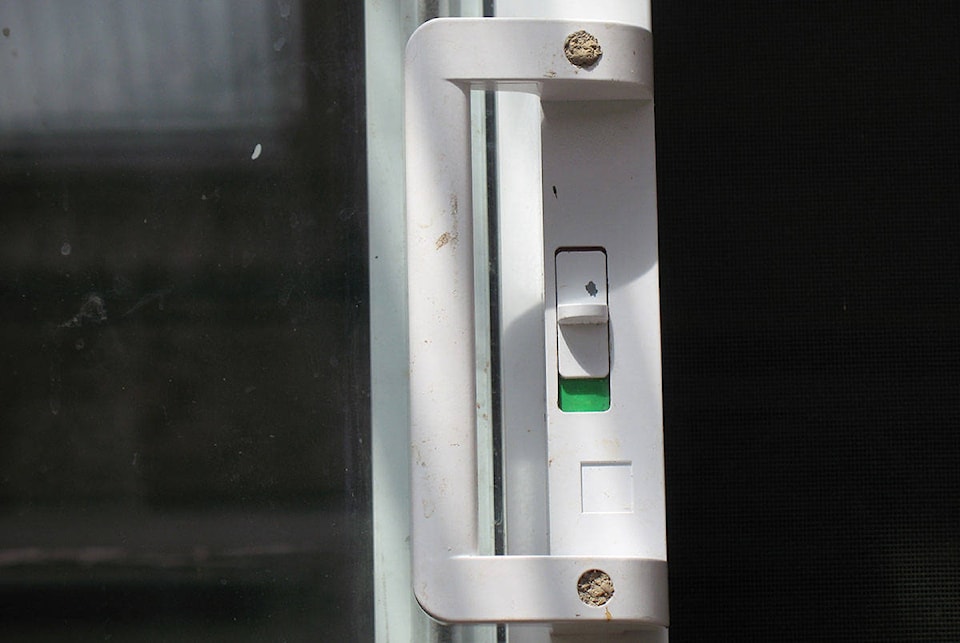By Mary Lowther
Inventors of mechanical bees must think it financially prudent to create these “drones” and continue using pesticides that poison real live pollinators. If we’re lucky, our own oases of pesticide-free gardens and farms will continue to buzz with insect life despite the overwhelming use of pesticides on big farms.
Tiny ants climb stalks many times their height to pollinate my garlic flowers and probably other flowers. Bees spend their lives carefully pollinating every flower they can find and wasps clean up every last caterpillar attacking my broccoli during the latter half of summer, so once I see wasps around, I can remove the Remay from these plants.
We have myriad ways to attract pollinators and other beneficial insects who probably do a more thorough job than any mechanical drone. Plants that develop flat tops of tiny flowers (called umbels) give beneficial insects a place to rest in between pollinating or feasting on the bad guys; plants like dill, fennel, Queen Ann’s Lace or carrots in their second year, going to seed.
Master Gardener Linda Gilkeson points out that beneficial adult insects that have access to pollen and nectar live longer — up to 10 times longer and lay up to twice as many eggs. Sugar in the nectar gives them energy and protein and fat in the pollen enables them to lay eggs. Not all flowers will allow these insects access to their pollen, however. The best ones have pollen-bearing stamens that insects can access, like plants in the carrot, cabbage, aster and mint families, and weeds like yarrow, dandelions, chickweed, and wild mustard. Perhaps I shouldn’t be so quick to dig out dandelions!
In the summer drought many insects need supplemental water. A large terra cotta saucer of water atop an upturned pot works well. Place marbles or small gravel stones in the saucer for the insects to perch on. Grow flowers as continuously as possible to keep beneficial insects coming to the yard. Overwintering plants like kale that we save for seeds provide early flowers that pollinators love. Once these have stopped flowering, other plants like chives, apples, calendula and thyme begin flowering. Gilkeson suggests we observe our plants to see where beneficial insects prefer to feed and encourage these plants to grow.
Usually beneficial insects find our inviting yards all on their own, but one can buy them from Dinter Nursery south of Duncan. If you buy ladybugs, Dinter’s suggests a protocol to prevent them from flying away home: wet down the bush you intend the ladybugs to inhabit and cover this with a material like Remay. Since ladybugs love aphids, I’d pick a plant riddled with them. Release the newly-bought ladybugs inside this material, close it tight and leave it in place for a few days. With any luck, once you remove the material, the ladybugs will have begun to eat and enjoy their new home and won’t fly away like they did from my yard before I knew any better.
Events: Lake Cowichan Community Garden Annual General Meeting, 11 a.m., Saturday, Feb. 22 at the Country Grocer meeting room. Anyone is welcome to join.
Please contact mary_lowther@yahoo.ca with questions and suggestions since I need all the help I can get.
